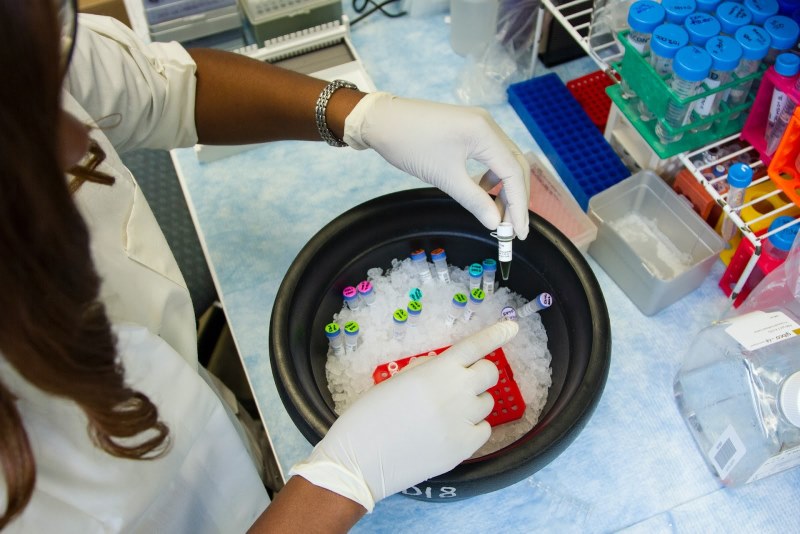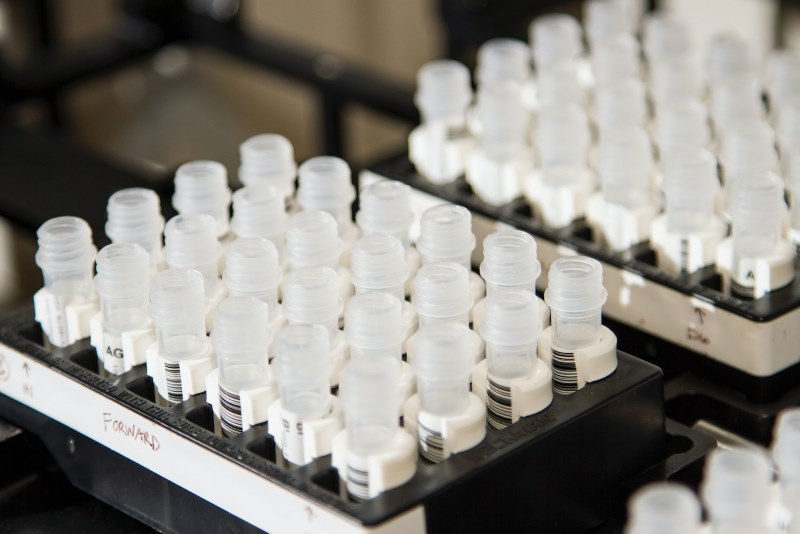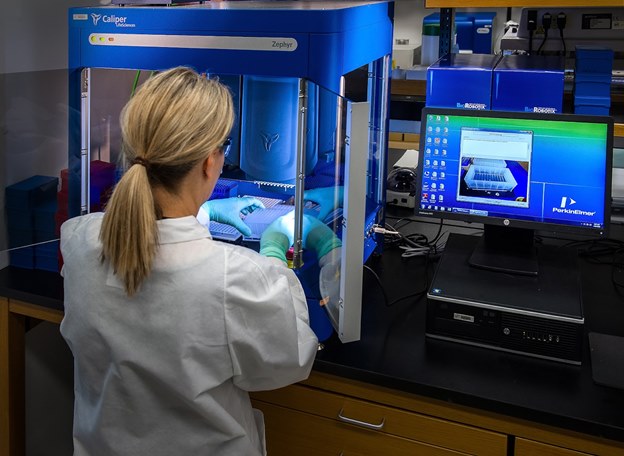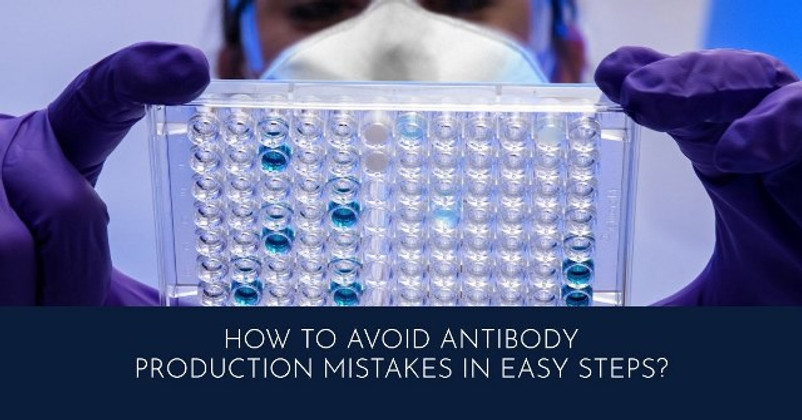How to Avoid Antibody Production Mistakes In Easy Steps?
Jul 25th 2023
How to Avoid Antibody Production Mistakes In Easy Steps?
One of the most effective tools in contemporary biological science is the antibody, especially in procedures like immunohistochemistry. They combine exceptionally high sensitivity, highly accurate protein-level identification, and cellular or microscopic localization.
While there have been procedures for producing antibodies for around 50 years, some are still quite elementary, and our knowledge of the elements that affect specificity and sensitivity is frequently incomplete.
Internet users in the postgenomic era are constantly bombarded with advertisements for various antibody panels, most of which are directed towards peptides or recombinant proteins and require extremely high specificity and stringent controls.
But to what extent should you believe these claims, and what comprises the essential controls necessary to ensure that your studies are conducted to meet the highest scientific standards?
To answer these questions, it's crucial to be informed about common errors related to antibody production and how to avoid them.
Fortunately, these preventive steps aren't complicated, and you can avoid antibody production mistakes using the details provided in this guide.
Let's start with the source of most antibody mistakes.
1. Difficulty Generating High-performing Antibody
It is challenging to produce an antibody with excellent performance, which is one cause of the challenges with antibody quality. Monoclonal antibody production and polyclonal antibody production depends on an animal's immune response, is erratic, and can differ between species regardless of their genetic background.
Certain proteins don't induce a strong enough reaction in the immune system, others are the complete opposite, and still, others have too much in common with proteins that aren't the target for the immune system to make a particular antibody.
In the Human Protein Atlas project, Berglund et al. measured how successful they were at making antibodies. They found that 49% of the 9,000 antibodies they made did not pass confirmation.
The Berglund Report
The Berglund report draws attention to a second factor contributing to antibody errors: the success rates of commercially produced antibodies are comparable. This proved what many people previously suspected: that the availability of an antibody on the market is no guarantee of its quality. The report does, however, suggest a way forward.
There was a wide variety of failure rates across the 51 suppliers, from zero to one hundred percent, indicating that with adequate antibody validation and quality control, vendors may supply high-quality reagents.
It is troubling since Berglund and other authors of similar experiments have found a significant failure rate of commercially synthesized antibodies. Meanwhile, Poor antibodies are thought to be the primary source of an estimated US$800 million in annual antibody waste and a US$350 million loss in scientific research due to the inability to reproduce published outcomes.
Having established this fact, how can one avoid this fundamental pitfall associated with antibody use and the other mistakes holding back several researchers?
Continue reading to find out easy ways to avoid antibody production mistakes.
2. Select the Best Antibody to Test For Your Application

Photo by National Cancer Institute on
Finding antibodies that work for your application is the most challenging phase in the antibody search process. With hundreds of vendors to select from, it can be difficult to understand product details and validation data, and it can be complicated to determine whether a search has been exhaustive. The task to buy high-quality antibodies should be made more accessible by the following tips.
Leverage Search Engines to Compare and Locate Available Antibodies
You can identify and, in some cases, even compare antibodies from numerous providers using search engines like those offered by Biocompare, SelectScience, UniProt, or NCBI. This antibody search helps you to expand your search to vendors you might not be familiar with and saves you significant time that would otherwise be spent visiting each vendor's website.
The antibody type should match your application.
Each of the three antibodies types, namely:
- Polyclonal
- Monoclonal
- Recombinant
They each have specific benefits and drawbacks. However, the pharmaceutical sector has chosen recombinant antibodies as their preferred tool due to their outstanding repeatability and completely animal-free production procedure.
On the other hand, academics view recombinant antibodies as a last resort because of their higher price. However, recombinant antibody production should be given significant consideration, especially for lengthy investigations, due to their batch-to-batch uniformity and supply assurance without relying on animal vaccination.
Purchase goods from businesses that are cooperative.
Select an antibodies supplier who will assist you in troubleshooting if an antibody does not perform as anticipated. Suppose a seller is unable to do so or refuses to do so. In that case, this may indicate that they did not validate the antibody or that they are selling antibodies bought from another vendor without performing extra quality control or having the knowledge to advise clients.
Avoid working with vendors who offer general troubleshooting tips because they won't help much if difficulties arise and they lack technical knowledge.
Select antibodies that have comprehensive validation data.
Watch out for missing validation data; this is sometimes a clue that an antibody is of poor quality and that the vendor cannot provide any assistance if the antibody does not work as planned. Be sure to choose a seller who displays the whole western blot image, offers thorough validation techniques, and tests their antibodies on various biologically relevant sample types or tissues.
Multiple sample types often reveal sample types that can be employed as negative controls for your investigations in addition to demonstrating an antibody's capacity to detect various degrees of expression.
3. Avoid Sample Contamination

Photo by National Cancer Institute on
The most fundamental, avoidable problems in the manufacture of antibodies are contamination and cell temperatures during storage.
Temperature changes might stress the cells when samples are improperly stored or transported from one lab to another. Cellular stress can severely compromise antibody production, necessitating extensive efforts to restore cell lines to their pre-stress state. Strict sample monitoring throughout shipping helps guarantee the ideal temperature is maintained throughout the process and among facilities.
Looking back three decades, adventitious agents like mycoplasma contamination used to be more stressful than they are today.
A contaminated cell culture may not be immediately apparent, but it can have severe consequences for output by affecting the cells' behavior and metabolism when it gets started. The risk of contaminants can be reduced drastically through established laboratory protocols, the purchase of tested medium and supplements from reliable sources, and the correct division of cells and hardware.
4. Patiently Encouraging Downstream Development
Many cell lines are hastily established at the outset to provide a temporary solution to a research problem. The cell line will eventually become precious, at which point its application in the commercial sector will be assessed.
However, their output may suffer if the cells are made too quickly or if the wrong ones are selected for maximum output. Either the client will have to put in a lot of additional work and time to get the most out of the cell line, or they will be stuck with a cell line that could drive up production costs.
In such circumstances, having patience in the lab is a truly admirable quality. Experts advise scientists to prepare a long-term strategy for the cells and give themselves enough time to grow their lines. A cell line's potential for commercialization is crucial in driving its development and selecting the correct development partners who can facilitate rapid scaling up to manufacturing levels.
5. Create Dependable, Consistent Communication Channels
The moment you choose a development partner, it's crucial to be as transparent as possible from the get-go. Share with your partner the overarching vision you have for the product. For example, Is this batch simply a test run to see whether it works? Is this something you can mass-produce in the future?
Will this end up being a regulated product that needs a license? These specifics enable the development partner to better prepare for scalability while getting ready to gather necessary data for subsequent contributions.
Also, the development partner must be prompt and proactive in communicating with their customers to keep them updated on any problems or developments. For instance, if a client requests purified products and the development partner notices issues, they must immediately inform the client to manage expectations.
6. Check and Record to Improve Earnings
Companies constantly undergo acquisitions and mergers, so clones may need a clear paper trail before changing hands. Thus, there may be limited knowledge of the background of a cell line, even though it may have substantial prospects and commercial value.
Because biological systems may not always behave as expected and may have unexpected manufacturing outcomes, businesses must ensure that they continuously capture the relevant data and check that their clones match their standards. Keeping detailed records may help ensure manufacturing remains on schedule and prevent problems from arising later.
7. Analyze the Characteristics of a Possible Growth Partner
It is critical to consider their background, adaptability, and competence when choosing a partner to aid your custom antibody synthesis. A successful business will have established quality assurance procedures and standard operating procedures. Insist on proof that they can reliably repeat processes so you know what to expect from them every time.
You should also consider your ability to be flexible when making choices. While certain antibody production partners insist that their clients adhere to rigid internal procedures, others provide a bespoke method that is adjustable to each client's requirements.
Capacity is also crucial to enable rapid project scaling, especially in the in vivo sector. Regarding labor-intensive tasks, there's the need for fast access to certain animal models. You must have a partner that can rapidly meet needs. While many businesses can handle a few one-time or minor projects, you deserve a partner capable of repeatedly rising to the occasion in your need.
8. Publishing Relevant Antibody Data

Photo by CDC on
Regarding the publication of antibody-generated data, most journals lack any established reporting parameters. This is a major issue because many researchers rely on past publications to guide their antibody selection and the overall course of their investigation.
However, a growing number of journals are setting more stringent reporting rules in response to the increasing momentum of the discussion around reproducibility. You can find an excellent example in the Nature Journal.
Until these standards are uniformly applied, it is up to the scientific community to establish some minimum requirements in the work they publish and the reviews they conduct.
Give comprehensive information about the antibodies.
It is necessary to supply the full name of the antibody, as well as the supplier, the batch number, the antibody dilution and concentration, and the incubation period. Also, you want to provide details about the antibody's production process if it is a newly developed antibody produced in-house.
Provide validation results for any newly developed antibodies.
When employing new or old antibodies for a new purpose, validation records that show the antibody's sensitivity, specificity, and ability to be used repeatedly should be made available. It is acceptable for this material to be accessible through supplemental data; nevertheless, it should not be absent from your published research paper.
Without this vital knowledge, it's hard to determine what takeaways can be derived from the experiments.
Every published data should come with your positive and negative controls.
Data generated by the antibody should contain positive and negative controls and any other controls that might be necessary depending on the use case (filling controls for western blots, standard curves for ELISA kits, etc.). The absence of these constraints renders published data meaningless.
Show all of your data and explain your quantitative techniques.
Don't cut off parts of western blots or combine lanes derived from various blots to make one picture. It is essential that crop lines be clearly marked whenever lanes need to be removed from a blot. Quantitation of any kind that uses antibodies must be meticulously documented in the methods or the supplementary materials. This description should include information on how signal intensity was assessed, how the linearity of the assay was established, and how the signal was adjusted.
Conclusion
It is crucial to start with an open mind when deciding whether polyclonal or monoclonal antibodies are more appropriate for your intended use. Ultimately, this article's rundown of processes and potential mistakes may not be considered exhaustive. The "weight of evidence" in support of specificity or against it ultimately determines the outcome of each production batch and the steps taken to avoid errors.
Remember, you can apply the principles behind these steps in other areas, like custom gene synthesis and custom protein production, while working with other bioreagents.

